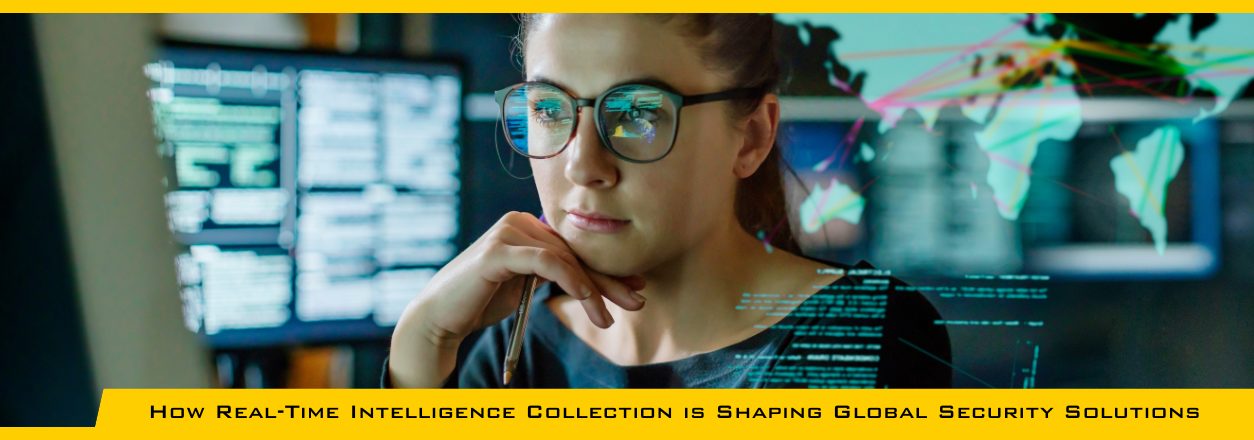 It’s not enough just to stay current in the way information is processed, you need to think ahead which is why the need for proactive security measures is more critical than ever. Central to these initiatives is the role of real-time intelligence collection and analysis. This pivotal process forms the backbone of contemporary global security solutions, enabling informed decision-making and swift, effective responses to emerging threats.
It’s not enough just to stay current in the way information is processed, you need to think ahead which is why the need for proactive security measures is more critical than ever. Central to these initiatives is the role of real-time intelligence collection and analysis. This pivotal process forms the backbone of contemporary global security solutions, enabling informed decision-making and swift, effective responses to emerging threats.
Understanding the Power and Importance of Real-Time Intelligence Collection
Real-time intelligence involves the instantaneous gathering, processing, and analysis of information. It encompasses a broad spectrum of data types, including human intelligence (HUMINT), signals intelligence (SIGINT), geospatial intelligence (GEOINT), and many others. The collected data can include everything from social media posts to satellite imagery— all of which contribute to forming a comprehensive understanding of potential security threats.
The importance of real-time intelligence lies in its potential to provide critical insights into ongoing events, enabling preemptive action against possible threats. For instance, real-time intelligence can help detect cyber-attacks as they happen, allowing for immediate countermeasures that minimize damage and protect sensitive data.
The Process of Real-Time Intelligence Collection Comprises Several Crucial Steps
Data Collection: This first step involves gathering raw data from various sources. This data can be anything that provides insight into potential threats or situations.
Data Processing: Once the data is collected, it’s processed to convert it into a usable format. This step often involves sorting, decoding, and translating the data. This is where AI and machine learning come together to process this data at a much faster rate than any human can.
Data Analysis: The processed data is then analyzed to identify patterns, trends, and anomalies that might indicate potential threats. Analysts use various tools and techniques to draw meaningful conclusions from the data. This is another stage where AI and machine learning are drastically speeding up the process allowing for more accurate real-time decision making.
Dissemination: The final step involves disseminating the analyzed data to decision-makers who can use it to take appropriate action.
The Impact of Real-Time Intelligence on Global Security Solutions
Real-time intelligence has transformed the perspective of global security solutions. Unlike traditional intelligence methods, which are typically reactive, real-time intelligence allows for proactive responses to threats.
This shift from reactive to proactive is significant. Instead of responding to events after they’ve occurred, security agencies can now anticipate and prevent potential threats. This proactive approach has numerous advantages, including reducing the impact of threats, saving resources, and potentially saving lives.
It’s also increasingly being used to counter cyber threats, with real-time data enabling security systems to identify and neutralize cyber-attacks before they can cause significant damage.
Future Implications: The Role of Real-Time Intelligence
As technology continues to evolve, the role of real-time intelligence in global security solutions is even more critical. With the advent of artificial intelligence and machine learning, the speed and accuracy of real-time intelligence are expected to improve significantly.
Moreover, as the world becomes increasingly interconnected, the need for real-time intelligence will only grow. It will continue to play a crucial role in decision-making processes, helping to shape strategies and responses to emerging global threats.
Ready to Take the Next Step?
If you’re interested in learning more about how real-time intelligence can enhance your organization’s security solutions, don’t hesitate to get in touch with us at MAG. Our team of experts is always ready to guide you through the intricacies of this crucial aspect of global security.

